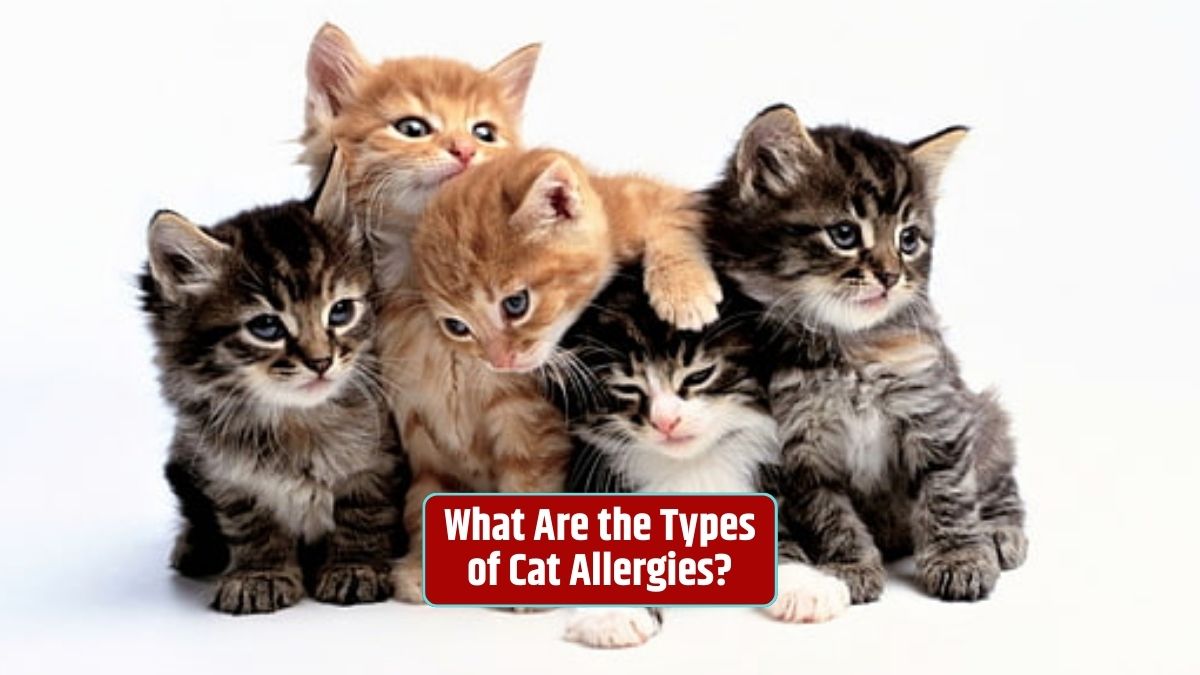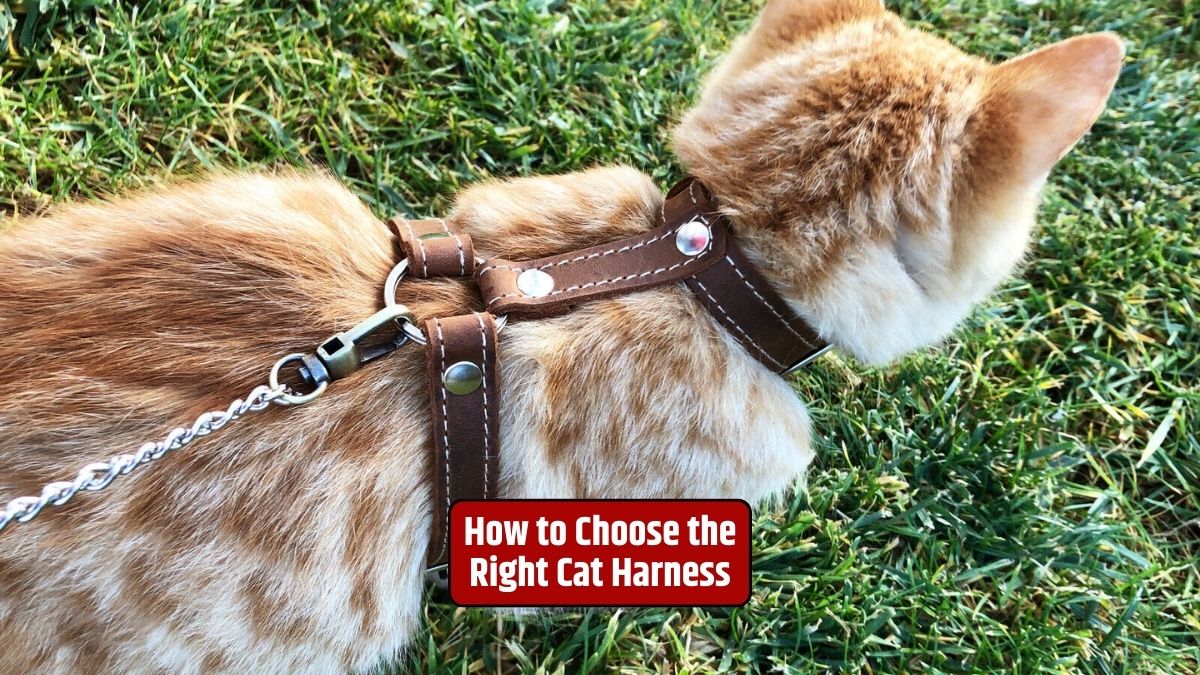Cats are beloved pets for millions of people around the world. Their endearing personalities and often independent nature make them wonderful companions.
However, for some individuals, being around cats can trigger allergic reactions. In this article, we’ll explore the different types of cat allergies and provide insights into managing and living with these allergies.
Overview
Before delving into the specific types of cat allergies, it’s essential to understand the basics. Cat allergies are typically triggered by proteins found in a cat’s skin cells, urine, and saliva.
When these proteins become airborne and are inhaled or come into contact with the skin, they can cause allergic reactions in sensitive individuals.
Cat Dander Allergy
Cat dander is the most common cat allergen. Dander consists of tiny, even microscopic, flecks of skin shed by cats. When cats groom themselves, proteins from their saliva can also end up on their fur and skin. As cats move and play, these particles become airborne, making them easy to inhale.
Cat Saliva Allergy
Some individuals are specifically allergic to proteins in a cat’s saliva. When cats groom themselves, they deposit saliva on their fur and skin. This saliva can dry and become airborne, similar to cat dander, leading to allergic reactions in susceptible people.
Cat Urine Allergy
Proteins in a cat’s urine can also trigger allergic reactions. While direct contact with cat urine is a less common cause of allergies, it can still be a concern, especially for those who have to clean litter boxes.
Symptoms
Cat allergy symptoms can vary from mild to severe and may include:
- Sneezing and runny or stuffy nose
- Itchy or watery eyes
- Coughing
- Wheezing and shortness of breath
- Skin rashes or hives
- In severe cases, allergic asthma symptoms like chest tightness and difficulty breathing
Managing
Living with cat allergies doesn’t necessarily mean you have to part ways with your feline friend. Here are some strategies to manage cat allergies:
- Frequent Cleaning: Regularly clean your home, including vacuuming, dusting, and washing your cat’s bedding.
- Air Purifiers: Consider using HEPA air purifiers to remove allergens from the air.
- Cat Grooming: Brush and groom your cat regularly to reduce the amount of loose fur and dander.
- Allergy Medications: Over-the-counter or prescription allergy medications can help alleviate symptoms.
- Immunotherapy: Allergy shots or sublingual drops may be recommended by an allergist for long-term management.
Conclusion
Cat allergies are a common issue for many people, but with proper management and care, it’s possible to live comfortably with a cat even if you’re allergic. Understanding the types of cat allergies and their triggers is the first step toward creating an allergy-friendly environment.
FAQs
Can cat allergies develop over time?
Yes, individuals can develop cat allergies at any age, even if they’ve had cats before without issues.
Are certain cat breeds less allergenic?
Some cat breeds, such as the Siberian or Balinese, are considered less allergenic, but individual reactions vary.
Can cat allergies be completely cured?
While there is no cure, allergy management and treatments can significantly reduce symptoms.
What’s the difference between cat allergies and other respiratory conditions?
Cat allergies are triggered by exposure to cat allergens and often present with typical allergy symptoms.
Should I get a hypoallergenic cat if I have allergies?
Hypoallergenic cat breeds may produce fewer allergens, but individual reactions still vary.






